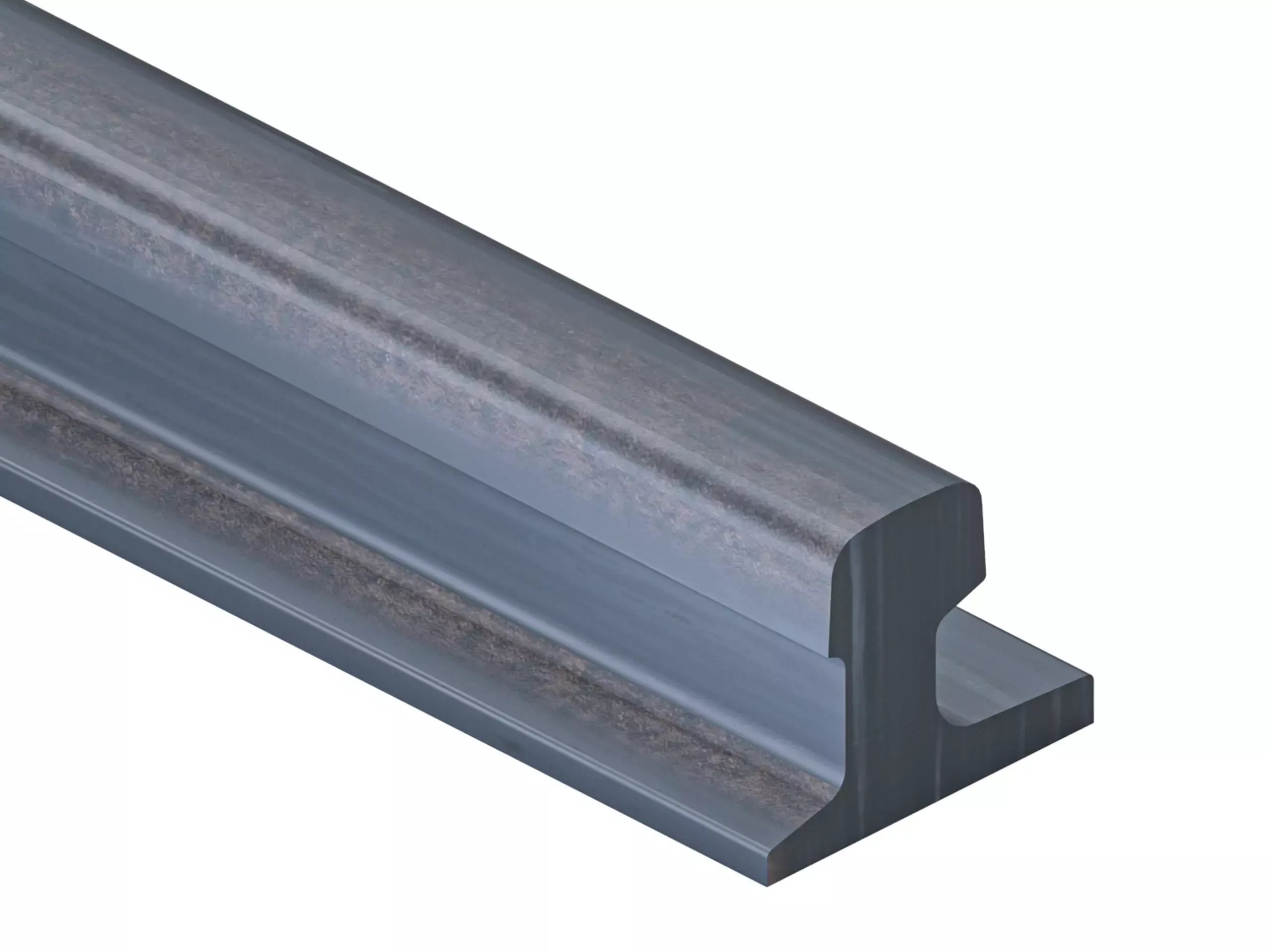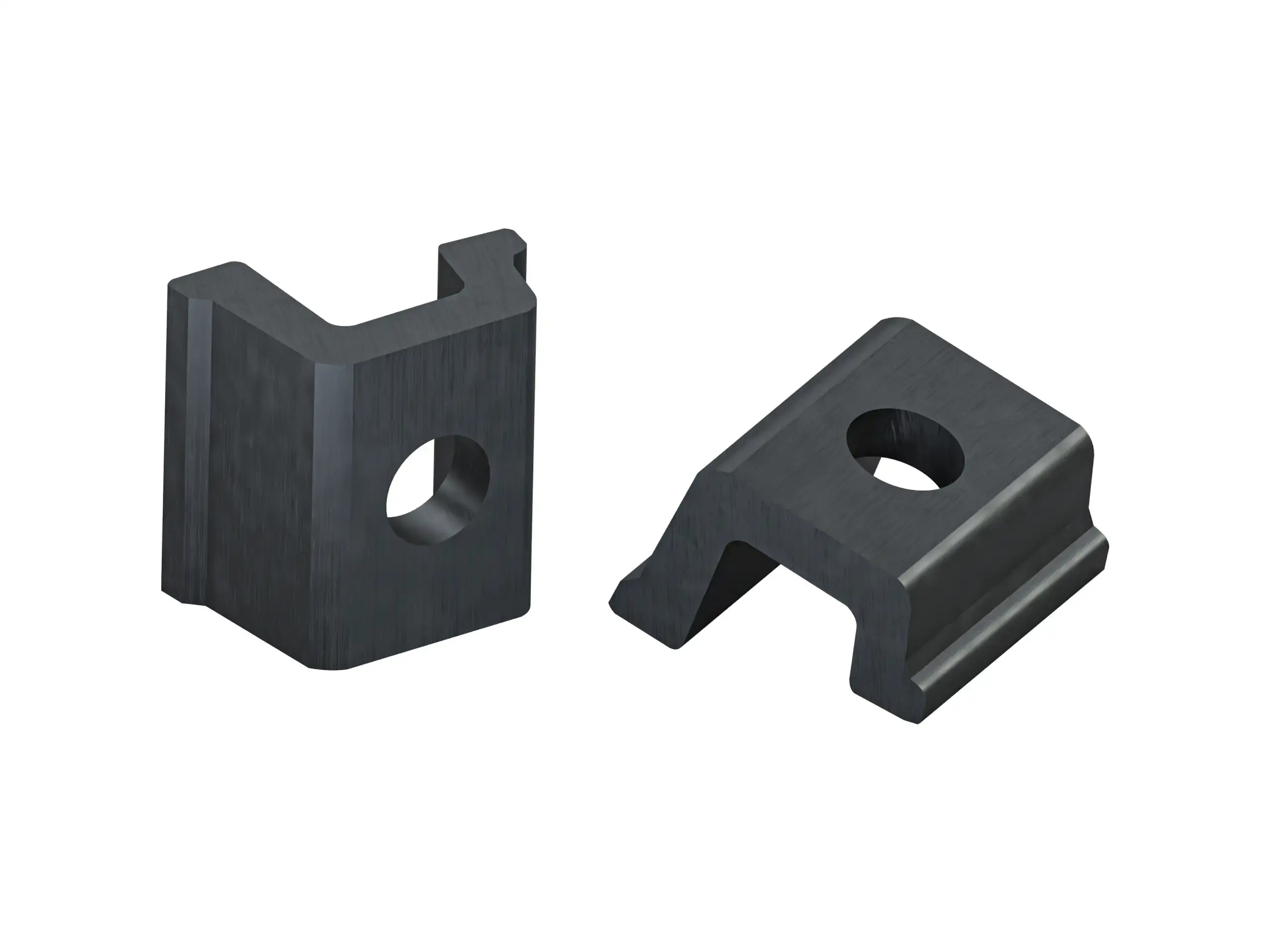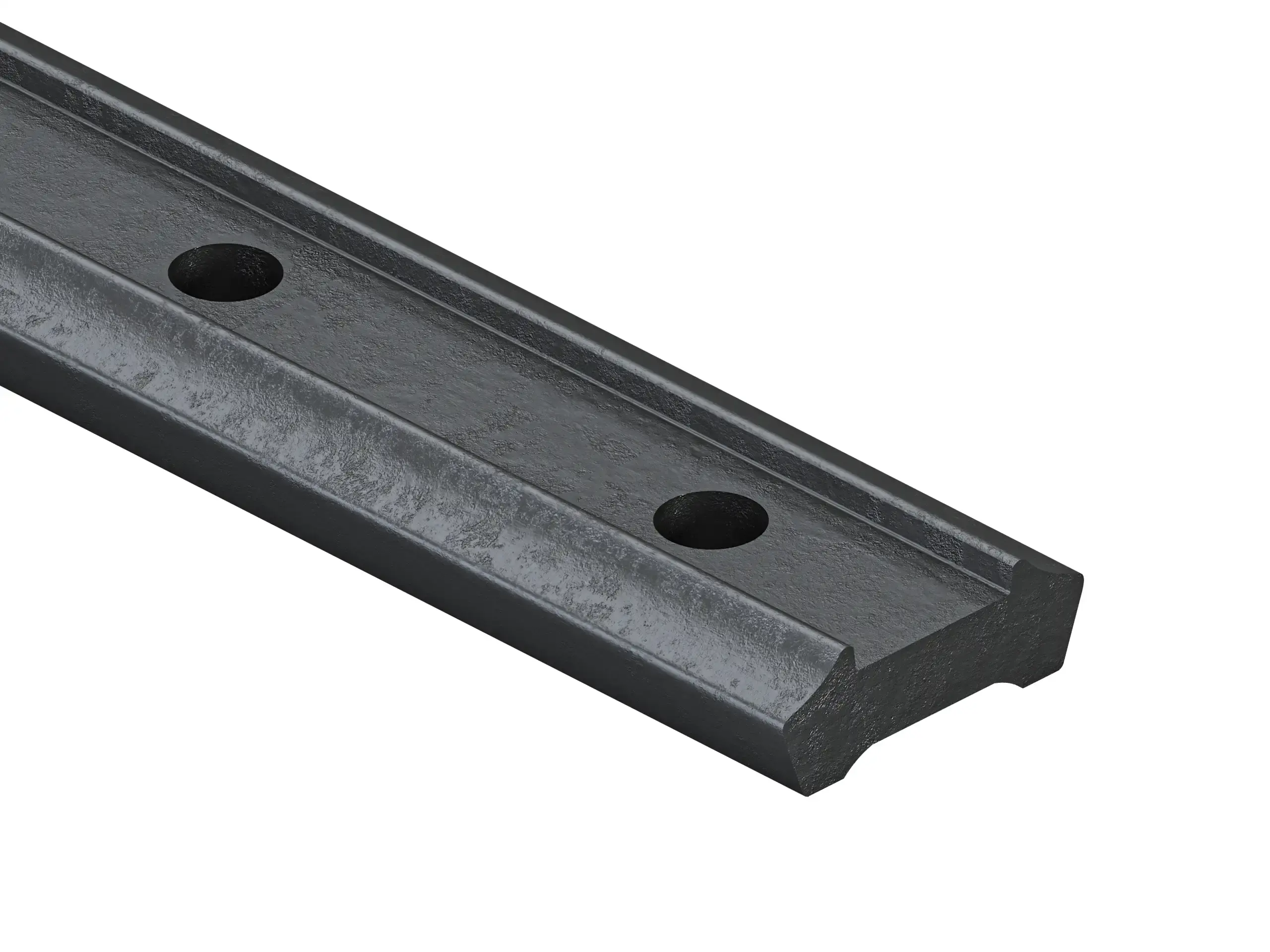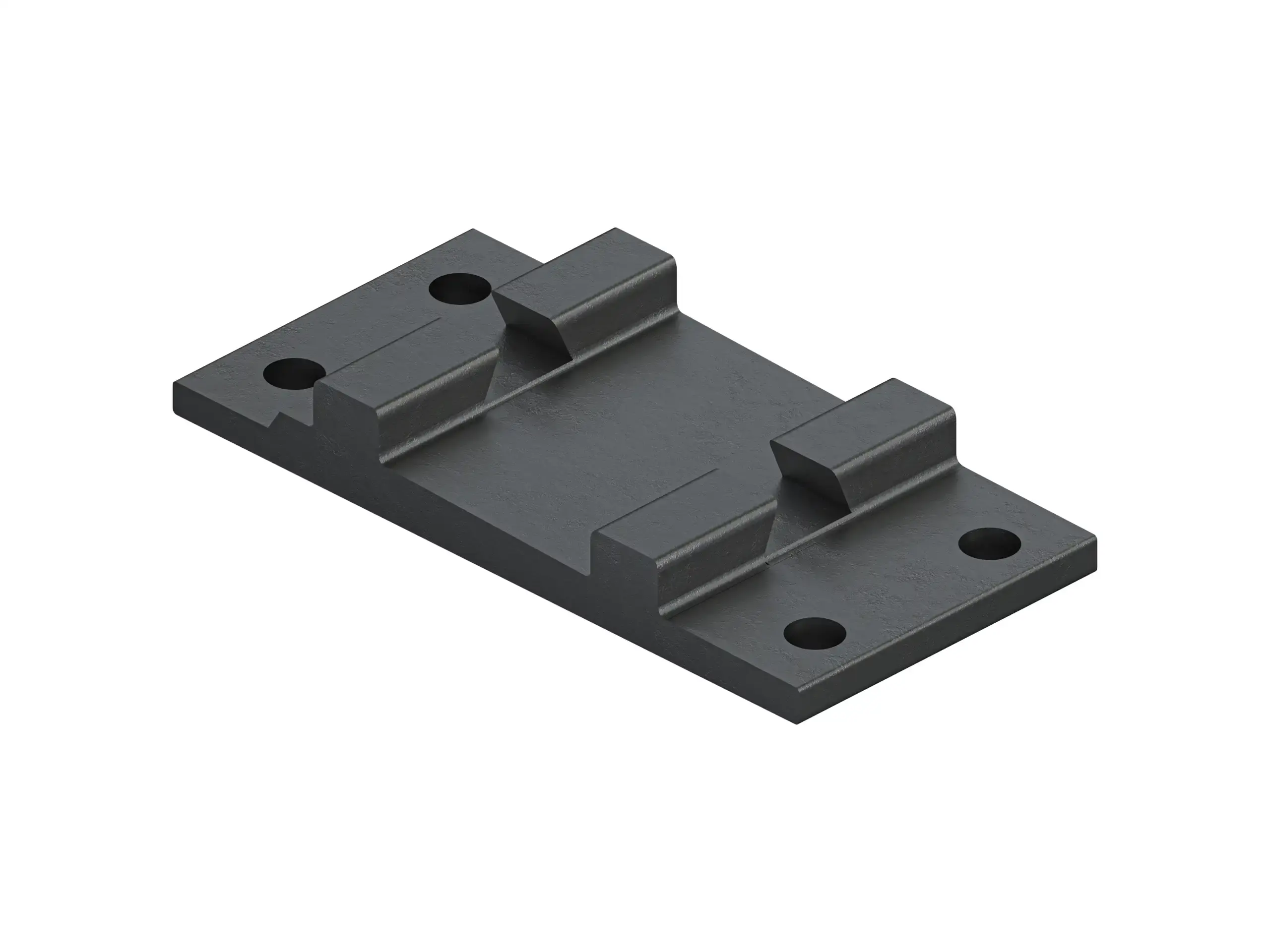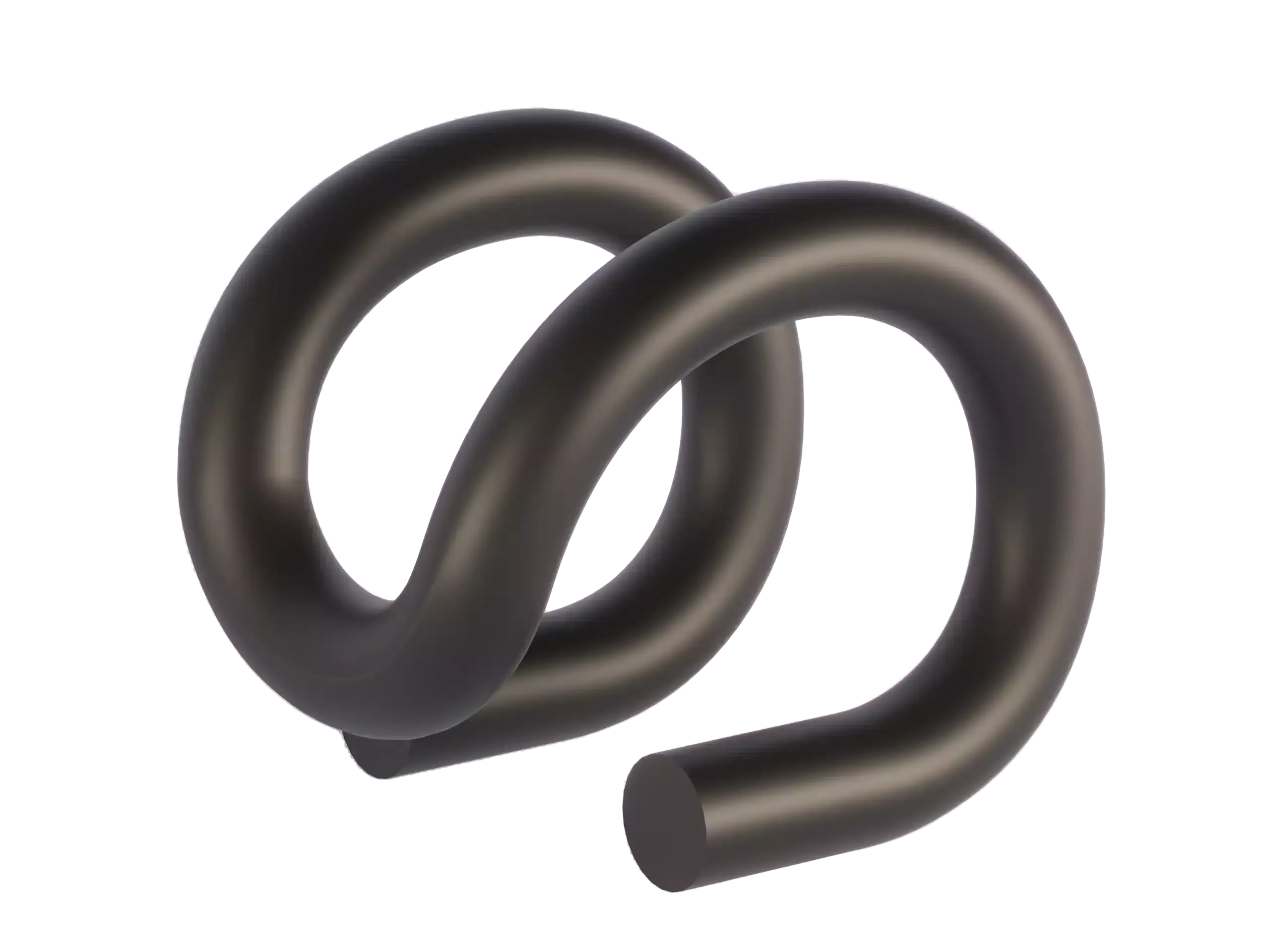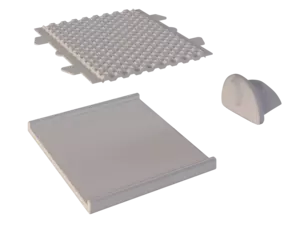Transportation rails
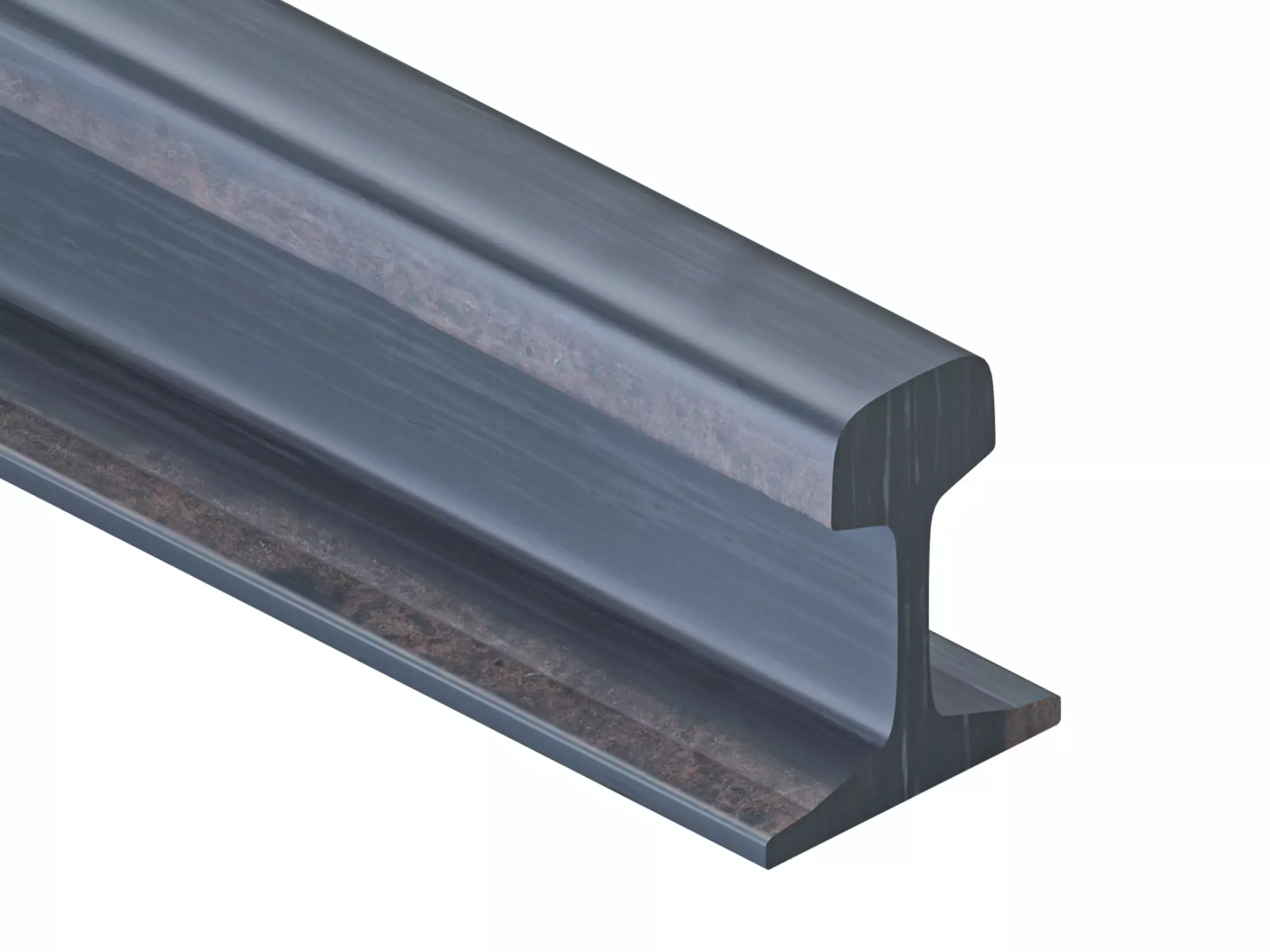
Order online or enquire through the Rail Sales Department.
This is a rendered image. The real product will look different.
Select parameters
Rail profile Please select an option to see price and add to cart
Steel grade
Type of driling Please select an option to see price and add to cart
Length - L [mm] Please select an option to see price and add to cart
About delivery
- Delivery of long rails (120-360m) by railcar:
The price includes a shunting locomotive for unloading the rails and coordination of unloading work by two MORIS employees, using a railcar unloading machine.
The buyer shall provide three workers for simple unloading work and a Train Manager.
The buyer shall ensure the traction power is switched off during unloading.
- Personal pickup:
If you pick up the rails with your own transport, please note that the rails are loaded from the top at our warehouse, and railway accessories are loaded with a forklift from the side.
- Oversized transport:
Only takes place during night hours (22:00-06:00).
- Transport by Moris:
Provide equipment and personnel for unloading the delivery.
Available delivery methods and costs will be displayed in the shopping cart during the order process.
Available delivery methods
Depending on the weight and length of the ordered products, we offer many convenient delivery methods.
We deliver orders starting from 1 item throughout Poland!
-
Self pick-up
You can collect the goods the next day after paying for the order.
-
Moris Transport
We will deliver the largest orders with our own transport.
-
Moris HDS
Delivery and crane unloading of products up to 7 m in length.
-
Rail transport
We will deliver rails with our own rolling stock. Pricing on individual request.
-
Parcel courier
Contact Customer Service if you would like to order a courier.
-
Pallet courier
We will soon enable the shipment of cut sections on pallets.
You will see the available delivery methods and costs in the cart while placing your order.
Flexible payment methods
Payment on Moris.eu is fast, convenient, and fully secure. We offer modern online payment methods such as Autopay, Apple Pay, Google Pay, BLIK, and card payments. For companies that prefer more traditional solutions, there is also the option of bank transfer based on a proforma invoice. We operate in accordance with international quality management standards – confirmed by the ISO 9001:2015 certificate.
-
Proforma invoice
Advance payment based on an issued invoice
-
BLIK
Mobile payment using a phone
-
Fast transfers
Support for the most popular banks in Poland
-
Digital wallets
Payment using Google Pay and Apple Pay
-
Credit/debit cards
Online payment by card: Visa, MasterCard, and others
Related Products
Description
We offer a wide range of normal-gauge rails. Our assortment includes a variety of rail types and lengths, allowing for flexibility to meet the individual needs and specifications of each project. The normal-gauge rails available in our range are characterized by high quality workmanship and durability, making them a popular choice for investors. We provide comprehensive technical and logistical support, so that every purchase from our wholesaler is synonymous with satisfaction and professionalism.
Characteristics of normal-gauge rails
Normal-gauge rails are a key component of railroad infrastructure, designed to guide rail vehicles. They are characterized by their standard gauge, which ensures their versatility and applicability to various railroad systems.
The production process of standard gauge rails involves several stages, the most significant of which are hot rolling and hardening. Hot rolling is carried out in specialized rolling mills, where the steel is formed into long, rectilinear pieces with a specific profile. Then, in the quenching process, the rails are heated and cooled rapidly, which increases their abrasion resistance and resistance to deformation.
Normal-gauge rails are distinguished by their high quality workmanship, which is crucial to the safety and efficiency of rail transportation. The material used in their manufacture is usually high-strength steel that is resistant to external factors such as temperature, moisture and corrosion. The physical and chemical properties of the steel are strictly controlled to ensure the high durability and reliability of the rails.
Normal-gauge rails are also designed with specific loads and operating conditions in mind, which includes both static and dynamic loads generated by moving vehicles. The profile of the rails is adjusted to minimize wear on both the rail itself and the wheels of the rail vehicle, resulting in lower track maintenance costs.
Features and advantages of normal-track rails
Features of normal-gauge rails
- Standard gauge - ensure compatibility with most rail systems.
- High material strength - made of high quality steel, resistant to abrasion and weather conditions.
- Profile of rails - optimally designed to minimize wear and ensure stable running of rail vehicles.
Advantages of Normal Track Rails
- Safety and reliability - the high quality of the material and production ensures the safety of use.
- Long-lasting operation - resistance to external factors and the hardening process extend the life of the rails.
- Versatility of use - can be used in various railroad systems thanks to the standard width.
- Flexibility in design - various types and lengths of rails available on the market make it possible to adapt to specific requirements of railroad infrastructure.
Normal rail profiles
We offer normal gauge rails with profiles 49E1, 60E1, 54E4, 60E2.
49E1
Features:
- Weight per meter: 49.39 kg.
- Universal profile, suitable for different types of lines.
Advantages:
- Versatility of application.
- Good balance between strength and cost.
Disadvantages:
- Not optimal for lines with very high loads.
60E1
Features:
- Weight per meter: 60.21 kg.
- Widely used in Poland.
Advantages:
- Suitable for heavily used railroad lines.
- Higher strength and durability.
Disadvantages:
- Higher purchase and installation cost compared to lighter profiles.
60E2
Features:
- Weight per meter: 60.03 kg.
- Widely used in Europe.
Advantages:
- Suitable for heavily used railroad lines.
- Higher strength and durability.
Disadvantages:
- Higher purchase and installation cost compared to lighter profiles.
54E4
Features:
- Weight per meter: 54.31 kg.
- Widely used in Europe.
Advantages:
- Suitable for heavily used railroad lines.
- Higher strength and durability.
Disadvantages:
- Higher purchase and installation cost compared to lighter profiles.
Steel grades
We offer normal-gauge rails in R260 and R350HT steel.
R260
Features:
- Low-alloy carbon steel.
- Carbon content less than 0.7%.
- Requires surface hardening.
Advantages:
- Good strength and flexibility.
- Resistant to abrasion and cracking under normal use.
- Widely used in the production of standard railroad rails.
Disadvantages:
- Less resistant to extreme loads compared to R350HT.
- May require more frequent maintenance on heavily used lines.
R350HT
Features:
- High-alloy carbon steel.
- Higher carbon content (>0.7%) and addition of chromium and vanadium.
- Subject to hardening process.
Advantages:
- Exceptional resistance to high loads.
- Resistance to wear and cracking under extreme conditions.
- Ideal for heavy-duty routes and areas with high axial load.
Disadvantages:
- Higher production cost compared to R260.
- Need for specialized heat treatment, which increases production costs.
Which steel to choose - R260 or R350HT? It's a matter of matching the specific needs of rail operation. R260 steel is more versatile, while R350HT offers better performance in situations with increased demands. On rail routes with heavy traffic and heavy loads, especially on sections with curves, R350HT is better due to its greater wear resistance and higher strength.
Application of normal-gauge rails
Normal-track rails with 49E1 and 60E1 profiles are used in railroad infrastructure with a variety of technical requirements.
The 49E1 normal-gauge rail is commonly used in standard-gauge railroad lines. Its main application includes passenger and freight routes with moderate loads. The 49E1 profile, due to its dimensions and characteristics, is optimal for lines where there are no extreme dynamic loads. This rail is also used on local and regional lines, where its performance and strength are sufficient to handle standard rail traffic.
Normal 60E1 rail, on the other hand, is designed for high-traffic, heavy-duty lines, including high-speed passenger lines and major freight routes. This rail features increased strength and stiffness, which is crucial for heavy freight trains and high-speed passenger trains. The 60E1 profile is also preferred in areas with complex track geometry, such as sharp curves and intersections, where higher rail strength is required for safety and stability.
Both normal-gauge rail profiles are indispensable in modern rail infrastructure, where a variety of applications require specific technical solutions to meet safety, performance and durability requirements.
Advice for investors
- Determine technical requirements - before you make a purchase, it is important to precisely define the technical requirements for the rails, taking into account the type and intensity of rail traffic, as well as specific operating conditions (e.g., loads, route type).
- Selection of the rail profile - decide on the appropriate profile for normal-gauge rails (e.g., 49E1, 60E1) depending on the expected operating conditions. Different profiles have different characteristics and are adapted to specific applications.
- Pay attention to the quality of the material - look for rails made of high-quality steel, which provides adequate strength and resistance to abrasion and corrosion.
- Verify standards and certifications - make sure that the rails you choose meet all applicable standards and have the appropriate certifications, which is a guarantee of their quality and safety.
- Total cost analysis - analyze the total cost of purchase, including transportation and installation, as well as future operating and maintenance costs of rails.
- Evaluate suppliers - choose suppliers with a good reputation who can provide not only a high quality product, but also technical and service support.
- Logistics planning - plan delivery logistics to ensure that the rails arrive at the construction site in a timely manner and in good condition.
Storage of normal-gauge rails
Proper storage of normal-gauge rails is key to maintaining their quality and functionality. Our recommendations:
- Horizontal stacking of rails - normal-track rails should be stored horizontally, on specially designed racks or sleepers that distribute the weight evenly and prevent deformation.
- Adequate spacing between rails - adequate spacing should be maintained between stacked rails to ensure air circulation and avoid surface damage.
- Protection from mechanical damage - rails should be protected from potential mechanical damage, such as by placing them in areas inaccessible to heavy equipment.
- Limiting exposure to weather conditions - where possible, rails should be stored under a canopy to minimize the impact of weather conditions such as rain, snow or extreme temperatures.
Did you know
- The first normal-track rails were introduced in the 19th century.
- Normal-track rails are made of alloy steel that contains additives such as carbon, manganese, silicon to increase their strength and abrasion resistance.
- The term "normal-track" refers to the standard gauge of the track, which is 1435 mm measured between the rail heads.
- Normal-track rails are designed to withstand a variety of weather conditions, including significant temperature fluctuations that can cause the rails to expand and contract.
Normal-gauge rails - why with us?
At Moris online steel wholesaler, we offer a wide range of normal-gauge rails to suit a variety of technical and design requirements (cut to size and hole-punched), giving our customers the flexibility of choice and the confidence to meet specific needs.
Our team of professionals provides expert service and technical advice, ensuring that every purchase is precisely tailored to our customers' project requirements.
We provide a variety of delivery options, tailored to meet the individual logistical requirements and schedules of our customers, facilitating project execution and ensuring efficiency in every aspect of cooperation.


